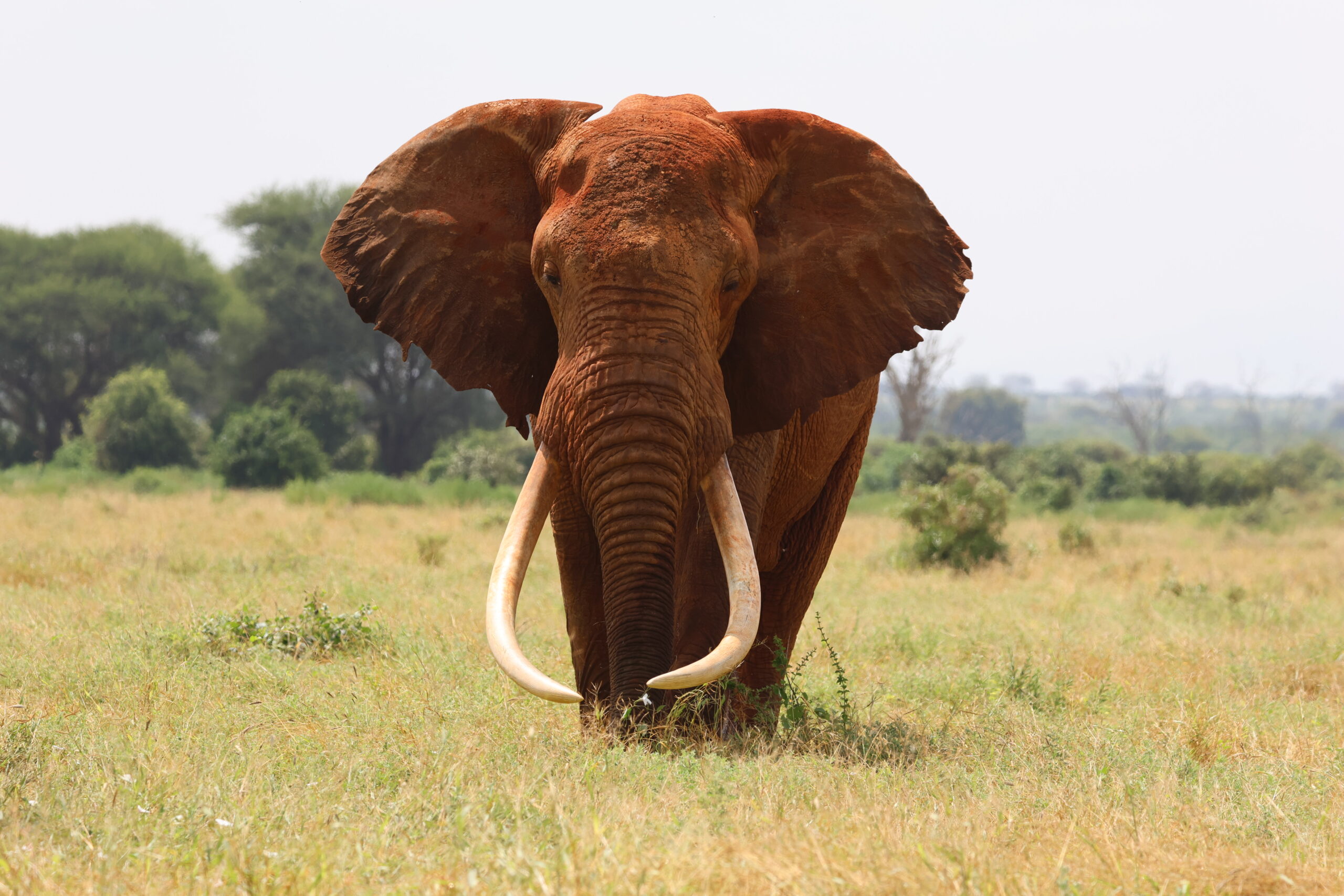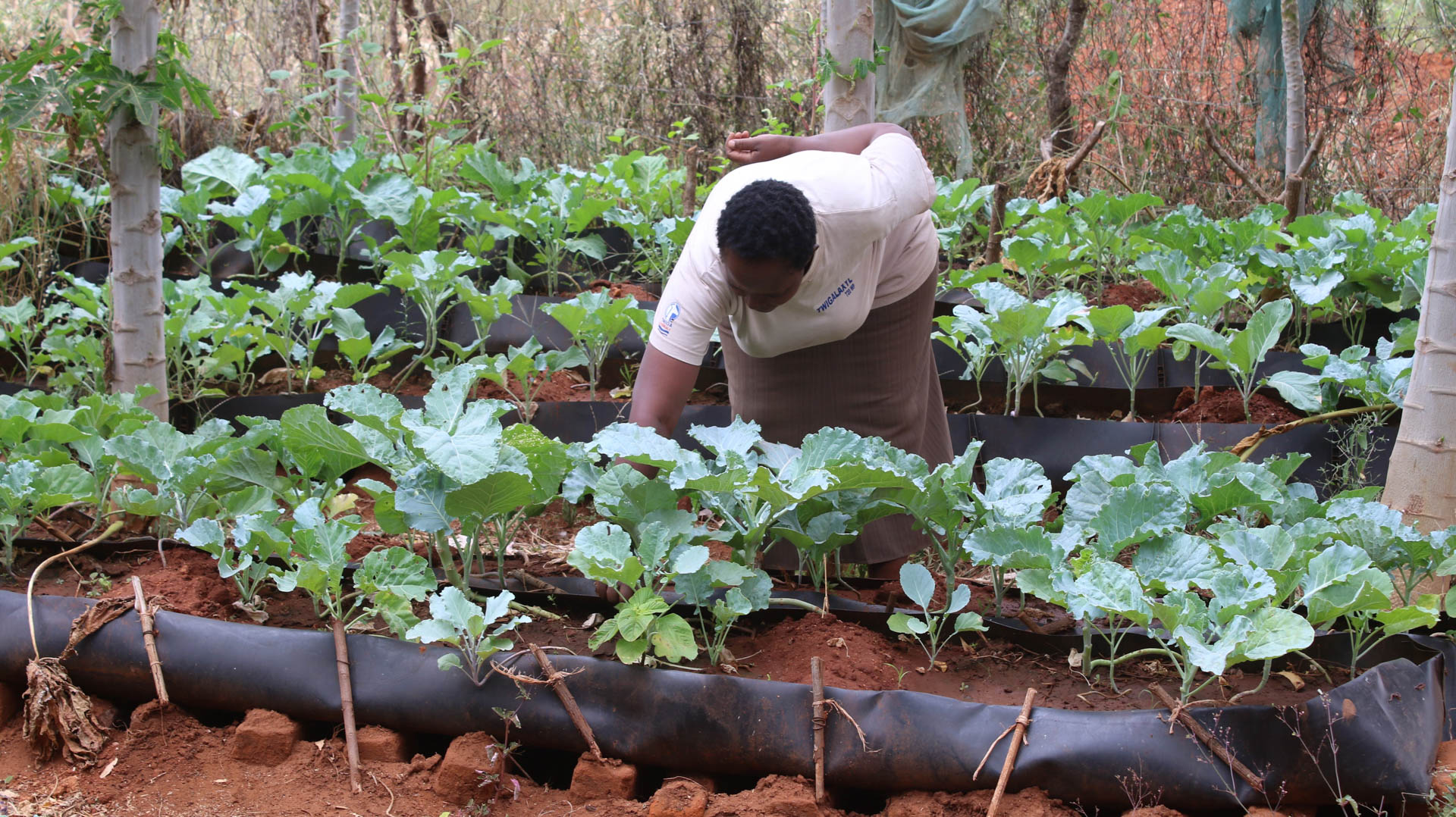A new study published in Conservation Letters (2024) offers one clear answer: investment. Drawing from 102 protected areas across Africa, researchers found that where protected areas are better funded and better governed, elephants thrive. Where they are not, populations decline, even in places that are legally protected.
At Tsavo Trust, this research supports what we have long observed on the ground. Conservation is not just about drawing boundaries on a map. It is about people, systems, and sustained, strategic investment.
Funding makes a difference
The study found a wide range in how much different protected areas spend to conserve elephants. Annual spending ranged from as little as USD 20 per km² to as much as USD 17,423 per km², with a median spend of just USD 254 per km². Countries like Kenya, Rwanda, South Africa, and Eswatini had higher median investments (over USD 2,000 per km²), while Angola and Botswana were among the lowest funded (less than USD 50 per km²).
This funding inequality has real consequences. Protected areas with higher investment per square kilometre were much more likely to see stable or growing elephant populations. Under-resourced parks, on the other hand, struggled to prevent decline.
Researchers estimate that to stabilise elephant populations across just 80 sites studied, funding would need to increase sevenfold, from the current USD 226 million per year to at least USD 1.75 billion.

Governance and community matter too
Funding alone is not enough. The study also found that strong national governance plays a critical role in conservation success. Countries with better institutions and stronger rule of law had more positive elephant population trends.
In addition, protected areas that actively engage local communities were far more likely to succeed. As the study notes, while other factors such as protected area size or GDP have often been seen as key, their importance dropped when site-level funding and governance were considered. This highlights that management, not geography, is the true difference-maker.

What this means for Tsavo
Tsavo Conservation Area is home to more than 17,000 elephants—Kenya’s largest population. It is vast, ecologically rich, and deeply complex. And like all protected areas, it faces pressure from habitat conversion, land fragmentation, and human–wildlife conflict.
But Tsavo also stands as a model for what works. With strong collaboration between the Kenya Wildlife Service, Tsavo Trust, and other partners, this landscape and elephant conservation benefits from:
-
Regular aerial and ground patrols
-
A real-time tracking platform (EarthRanger) integrating GPS collar data, ranger movements, and aerial reports
-
Community-led initiatives such as Kamungi Conservancy, school programs, and elephant exclusion fences
-
Close partnerships with national institutions that help ensure transparency, accountability, and action
Poaching in Tsavo has been reduced significantly, but the threat remains. The more immediate risks come from land use change and escalating human–wildlife conflict. That is why Tsavo Trust focuses not just on protection but on prevention—working with communities, using data, and responding before threats become crises.
This study confirms the path we are on. What is needed now is more of the same: continued vigilance, strong partnerships, and investment in the right places.
Why this study matters now
Africa’s elephants are increasingly concentrated in fewer and fewer safe havens. Tsavo is one of them. The 2024 study is a wake-up call to support and strengthen these strongholds before it is too late.
The message is clear: protected areas can work, but only when they are managed well, funded properly, and grounded in community engagement.
At Tsavo Trust, we remain committed to this model—because it works. But we cannot do it alone.

